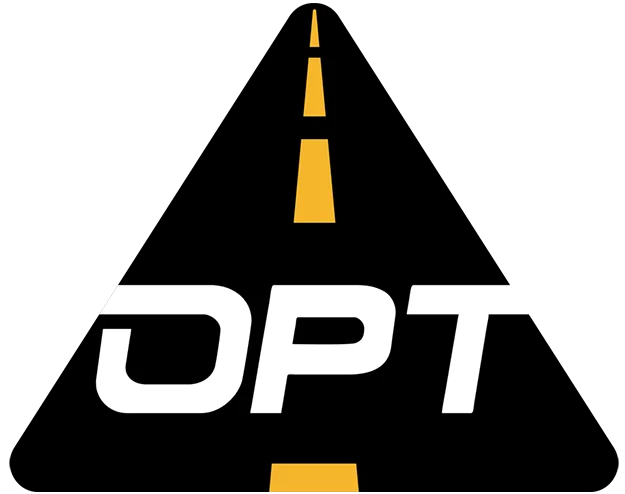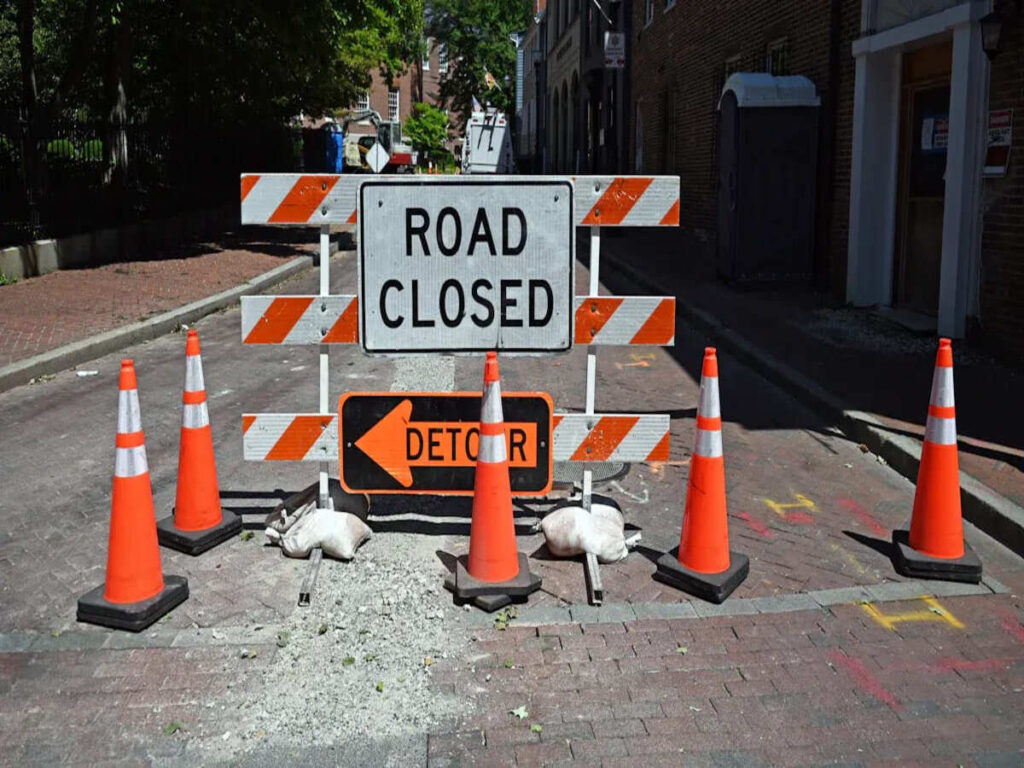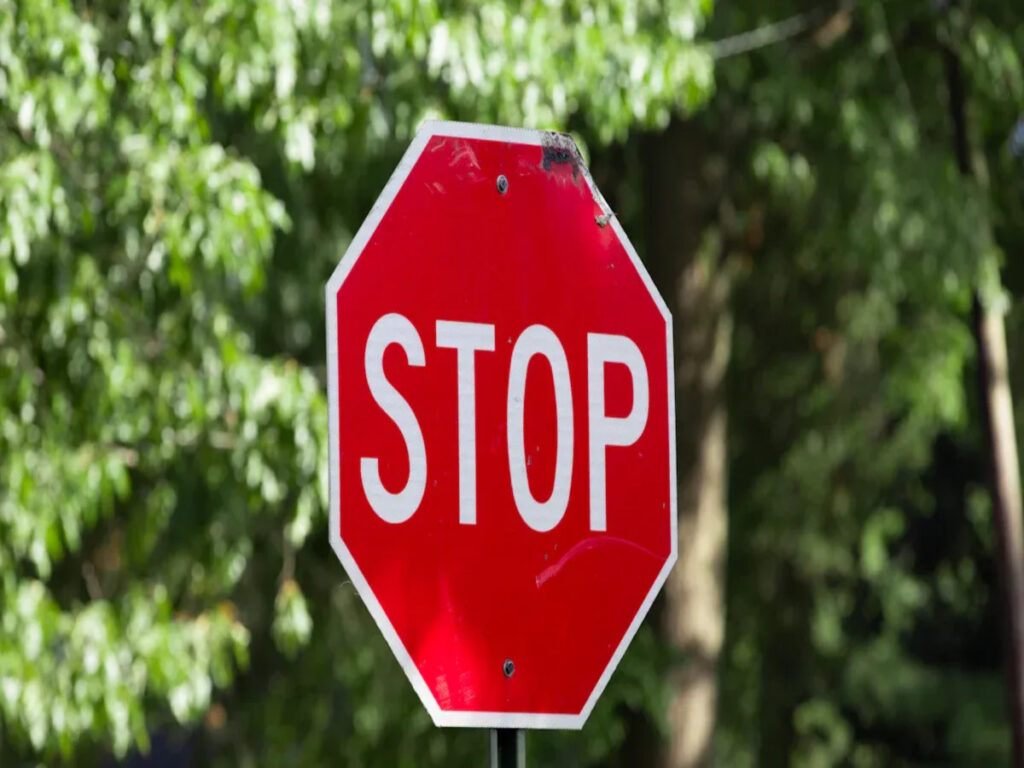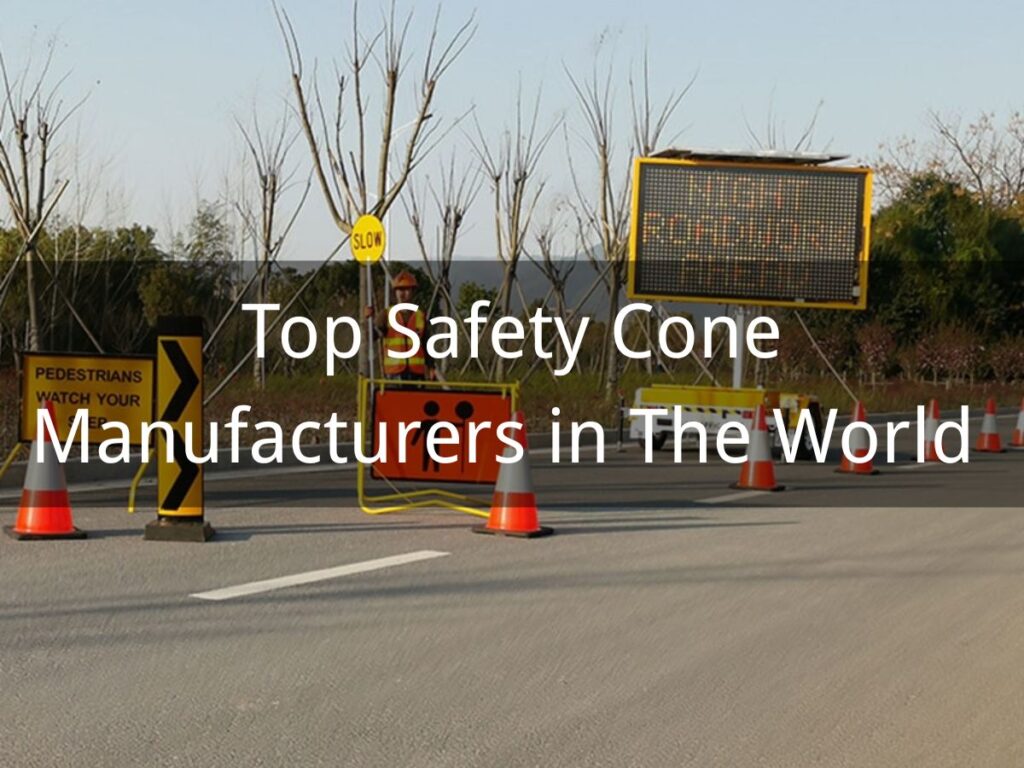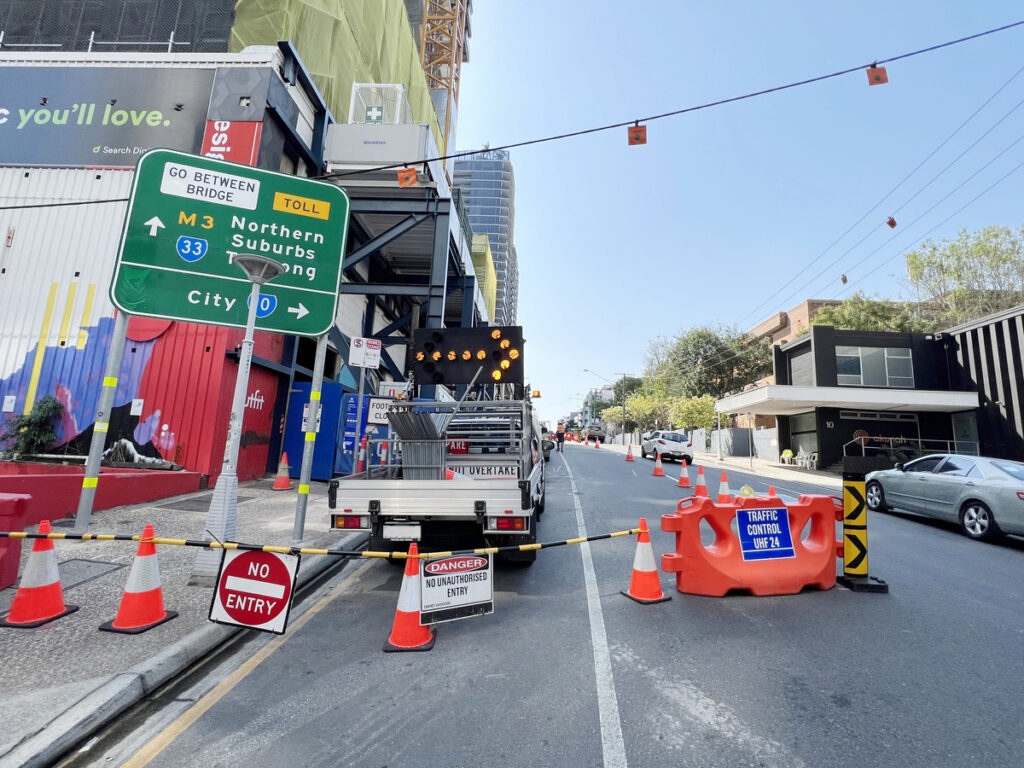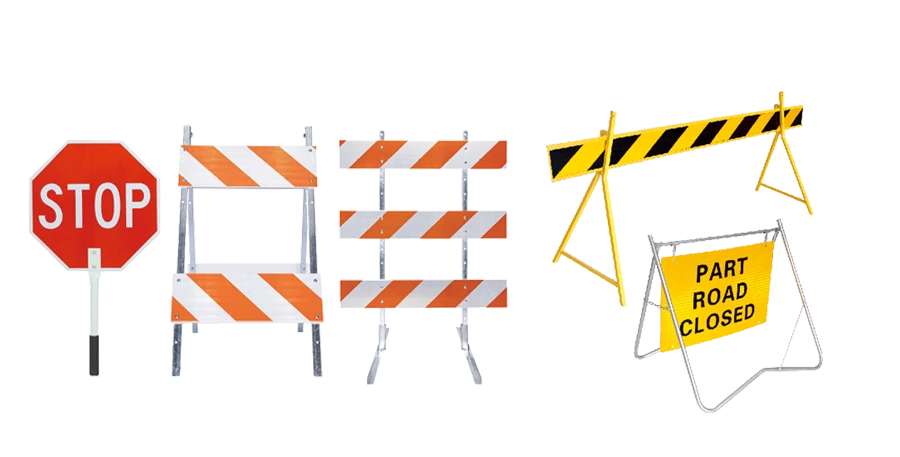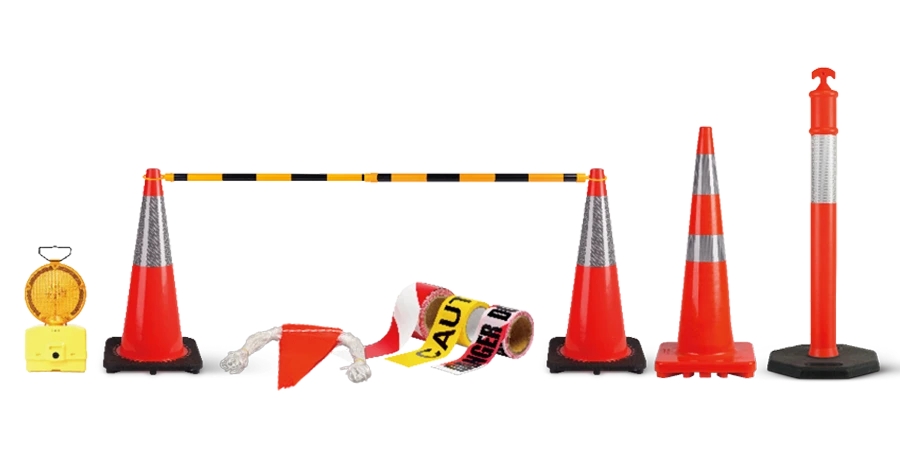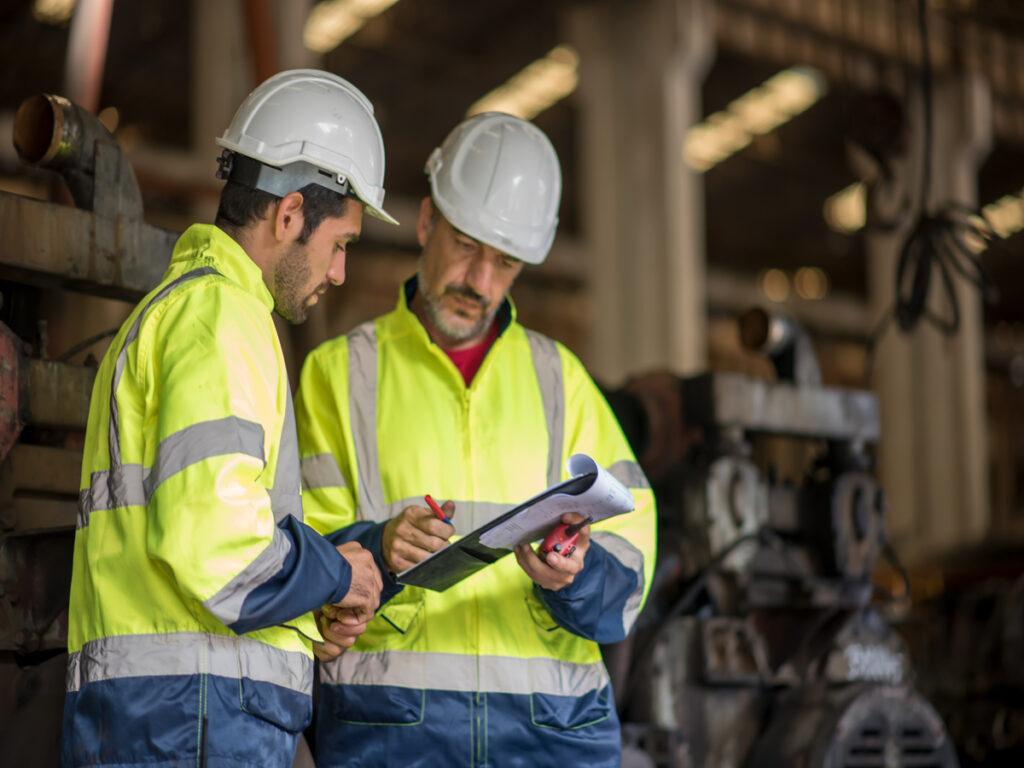
Os cones de trânsito são cruciais para manter a segurança nos locais de trabalho. Eles ajudam na orientação de veículos e pedestres, Reduzindo riscos, e melhorando a segurança geral. OSHA inspectors evaluate whether traffic cones comply with Regulamentos de cone de tráfego da OSHA. Proper use of traffic cones not only helps avoid fines but also ensures the protection of individuals on site. A adesão a esses regulamentos demonstra um compromisso de criar um ambiente de trabalho seguro.
Takeaways -chave
- Traffic cones should be the right size and easy to see. Use traffic cones that are at least 28 polegadas de altura. They should be bright orange with shiny bands for safety.
- Placing cones correctly is very important. Put cones about 20 feet apart in slow areas. In faster zones, adjust spacing to guide traffic better.
- Check cones often to make sure they are in good shape. Look at them every day for cracks or fading. Replace damaged cones to keep everyone safe.
- Use enough work cones in work areas. Follow OSHA rules for how many cones and how far apart they should be. This helps avoid confusion and accidents.
- Following OSHA rules keeps workers safe and saves money. It lowers the chance of fines and accidents happening.
Are the traffic cones the right size and easy to see?
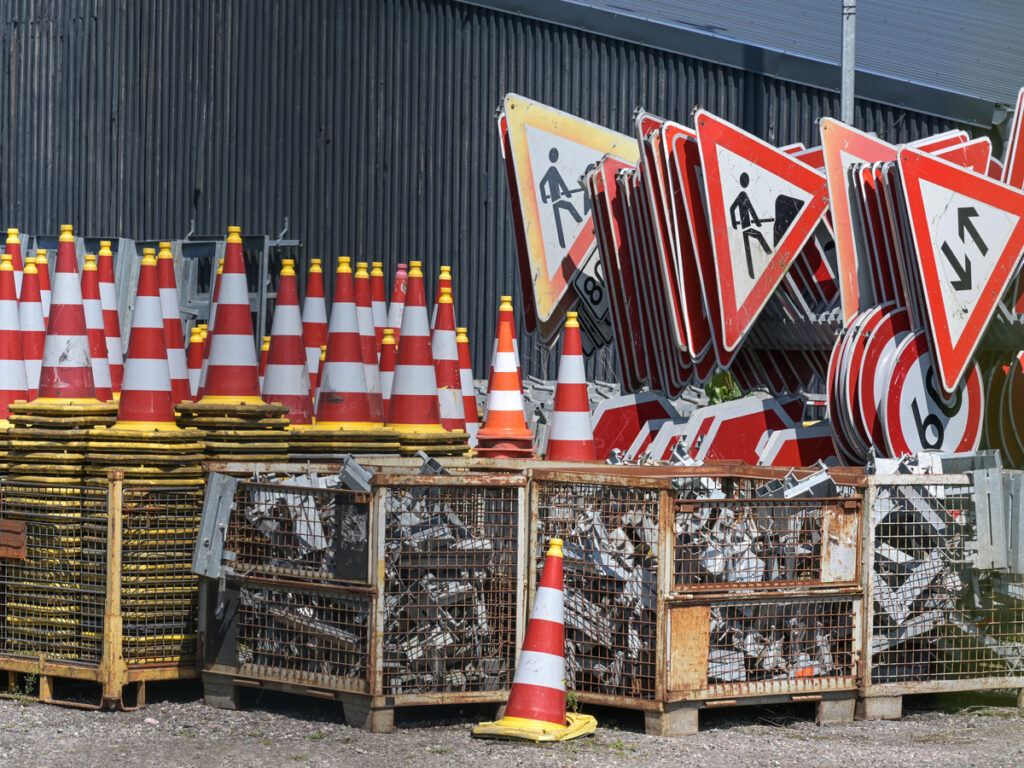
Why OSHA asks this question
OSHA checks cone size and visibility for worksite safety. Cones with the right size, cores brilhantes, and reflective bands help guide traffic. They also protect workers by being easy to spot. Drivers and pedestrians can see them from far away, diminuindo os riscos de acidentes.
Os principais pontos incluem:
- Cones must be tall enough for busy areas.
- Bright orange colors and reflective bands are needed for low light.
- Damaged cones should be replaced quickly to avoid violations.
Fixing these issues helps keep everyone safe and avoids fines during inspections.
Rules for size and visibility
To follow OSHA traffic cone regulations, traffic cones must meet size and visibility standards. A tabela abaixo mostra as principais regras:
| Tipo de regra | Detalhes |
|---|---|
| Smallest Cone Height | 28 polegadas ou mais para rodovias |
| Bandas reflexivas | Needed in dark or dim areas |
| Suggested Cone Height | Taller cones for faster roads |
Cones must be bright orange to warn people. Reflective bands are required for night or dark areas. Regular checks help you stay within OSHA traffic cone regulations and avoid penalties.
What to say about size and visibility
If an OSHA inspector asks about cone size and visibility, you can say:
“Our cones meet OSHA’s 28-inch height rule for highways. They are bright orange with reflective bands, visible from 100 feet in daylight or low light. We check cones often and replace damaged ones.”
This shows you care about safety and follow OSHA traffic cone regulations. It also tells the inspector your site values training and good equipment care.
Are the cones placed properly to keep traffic safe?
Why OSHA asks this question
OSHA checks traffic safety cone placement because it affects worksite safety. Well-placed traffic safety cones guide cars and people, evitando confusões e acidentes. If traffic safety cones are in the wrong spots, it can cause unsafe conditions. This increases the chance of injuries or breaking OSHA traffic cone regulations.
Good placement makes traffic safety cones easy to see and useful for marking danger zones. It keeps workers safe and helps drivers move through work areas easily. OSHA inspectors look at traffic safety cone spacing and visibility to ensure safety and order.
Rules for cone placement
To meet OSHA traffic cone regulations, you need to follow placement guidelines:
- Espaçamento: Keep traffic safety cones about 20 feet apart in slow zones. Em áreas mais rápidas, spread them out more for driver reaction time.
- Visibilidade: Put traffic safety cones where workers and drivers can see them clearly. Bright orange cones with reflective bands are best for low-light times.
- Manutenção: Check traffic safety cones often to ensure they stand upright and are not damaged. Replace broken or faded traffic safety cones right away to stay safe.
| Exigência | Detalhes |
|---|---|
| Proper Spacing | Cones must be spaced based on how fast traffic moves. |
| Manutenção | Regular checks help find damaged cones that need fixing. |
| Substituição | Broken or faded cones should be swapped out to stay effective. |
Following these steps helps you follow OSHA traffic cone regulations and avoid problems during inspections.
What to say about cone placement
If an OSHA inspector asks about cone placement, you can say:
“We place traffic safety cones to mark danger zones and guide traffic safely. In slow zones, traffic safety cones are 20 pés de distância. Em zonas rápidas, they are farther apart, as OSHA suggests. We check traffic safety cones daily and replace damaged ones right away.”
This answer shows you care about safety and follow OSHA rules. It also proves you focus on training and keeping equipment in good shape to avoid issues.
Are the traffic cones in good shape and not damaged?
Why OSHA asks this question
OSHA checks traffic cone conditions to ensure safety on worksites. Broken traffic cones with cracks or faded colors are hard to see. This makes it unsafe for drivers and walkers to move around. Bad cones can cause accidents or break OSHA rules. Keeping traffic safety cones in good shape helps mark danger zones and guide traffic safely.
Rules for cone condition
Para seguir as regras da OSHA, traffic safety cones must be in good shape. Regular checks help find problems early. Key rules include:
- Check traffic safety cones often for cracks or damage.
- Replace traffic safety cones with dents or broken parts.
- Make sure colors stay bright and reflective bands work.
- Fix faded or worn reflective bands quickly.
Doing these things helps avoid OSHA issues and keeps everyone safe.
What to say about cone condition
If an OSHA inspector asks about cone condition, you can say:
“We check traffic safety cones regularly to meet OSHA standards. Damaged traffic safety cones with cracks, dentes, or faded colors are replaced right away. We clean traffic safety cones to keep them bright and store them upright to avoid damage. This keeps our site safe and compliant.”
This answer shows you care about safety and follow OSHA traffic cone regulations. It also proves your team values training and good equipment care.
Are the traffic cones placed where they can be easily seen?
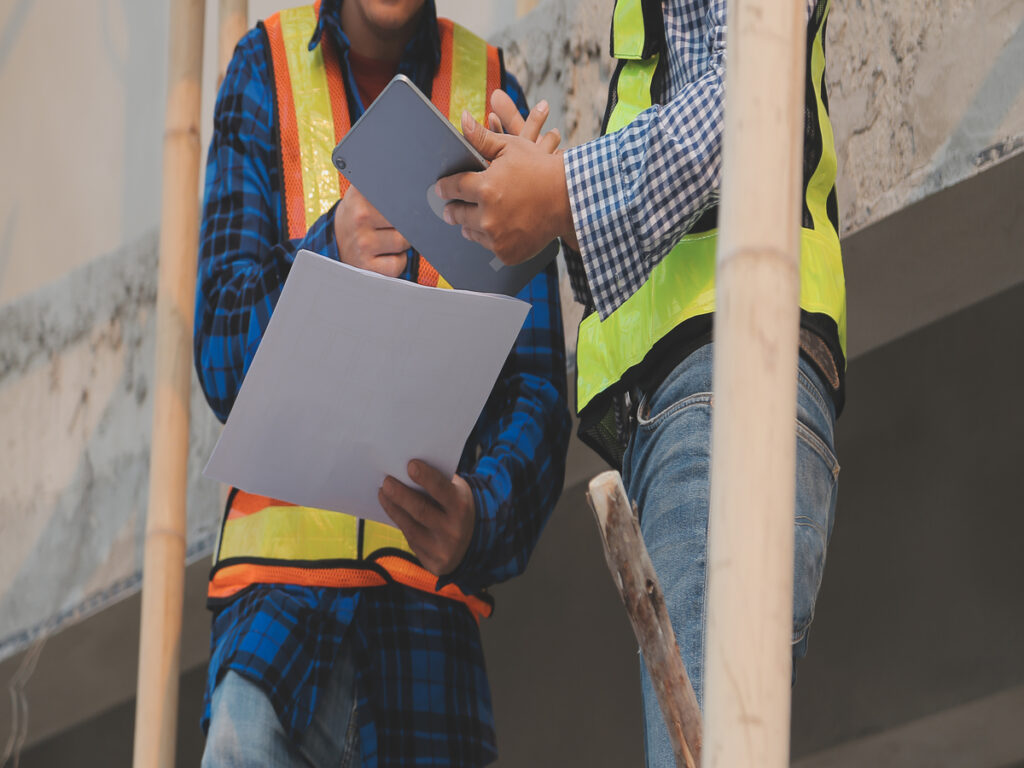
Why OSHA asks this question
OSHA checks cone visibility to keep everyone safe. Cones that are easy to see help drivers and walkers avoid dangers. If cones are hard to spot, accidents and rule violations can happen.
Bright traffic cones with reflective bands are visible in dim light or bad weather. Placing them correctly makes sure they can be seen from far away. This gives drivers time to react and keeps the area safe. Inspectors want to see if your cones meet these rules to protect people.
Rules for cone visibility
Para seguir as regras da OSHA, traffic cones must be easy to see. Use these tips:
- Pick bright cones: Use orange cones with reflective bands for better visibility.
- Place cones smartly: Put them at turns, interseções, e pontos de risco. Make sure both drivers and walkers can see them.
- Adjust spacing: Space cones based on road speed and type. Por exemplo, use a 20:1 taper for lane closures.
- Verifique os cones com frequência: Clean cones to remove dirt. Replace faded or broken cones quickly to keep them visible.
These steps improve safety and help you pass OSHA inspections.
What to say about cone visibility
If an OSHA inspector asks about cone visibility, you can say:
“We place traffic cones in spots like intersections and walkways. Our cones are bright orange with reflective bands, so they are visible in low light or bad weather. We clean and check cones daily, replacing damaged ones to meet OSHA rules.”
This shows you care about safety and follow OSHA rules. It also proves your team works hard to prevent accidents and stay compliant.
Are there enough traffic cones for the work zone?
Why OSHA asks this question
OSHA checks if there are enough cones to keep workers and the public safe. Too few cones can cause confusion, acidentes, or break OSHA rules. Having enough cones helps guide drivers and walkers, reducing risks and keeping things organized.
Here are some safety concerns:
| Safety Concern | Detalhes |
|---|---|
| Visibilidade | Cones must be easy for drivers to see to avoid crashes. |
| Driver Guidance | Proper cone placement helps drivers move safely through work zones. |
| Seguintes regras | Using enough cones avoids breaking OSHA rules. |
| Altura do cone | Em áreas rápidas, Os cones devem ser pelo menos 28 polegadas de altura. |
| Cone Condition | Check cones often to ensure they are not broken or faded. |
Inspectors also check if traffic cones clearly guide drivers. If cones are missing or unclear, inspectors may look closer or issue warnings.
Rules for having enough cones
To follow OSHA traffic cone regulations, you need the right number of cones for your work zone. Use these tips:
- Space cones about 20 feet apart in slow zones. Em zonas rápidas, spread them farther apart for safety.
- Use tall cones in areas with fast traffic so they are visible.
- Check cones often for damage or fading. Replace broken or faded cones quickly.
- Follow MUTCD rules for cone spacing and placement.
These steps help keep everyone safe and avoid fines during inspections.
What to say about cone coverage
If an OSHA inspector asks about cone coverage, you can say:
“We check the work zone size and speed to decide how many cones we need. In slow zones, cones are 20 pés de distância. Em zonas rápidas, they are farther apart, as OSHA and MUTCD suggest. We inspect cones daily and replace damaged or faded ones to stay safe and follow the rules.”
This answer shows you care about safety and follow OSHA rules. It also proves you work hard to prevent problems and stay compliant.
Following OSHA traffic cone rules keeps workers safe and avoids fines. Checking cones often and being ready helps prevent accidents. Good-quality cones are easier to see, making worksites safer.
- Benefits of following the rules:
- Save money with long-lasting cones.
- Fewer accidents mean less risk of getting sued.
- Better visibility keeps everyone safe and avoids problems.
OSHA rules have cut workplace injuries a lot. Em 1970, havia 10.9 injuries per 100,000 trabalhadores. Por 2022, it dropped to 2.7. Following these rules protects workers, economiza dinheiro, and boosts work output. Always follow the rules and use strong cones to keep your site safe.
OPTRÁFEGO offers traffic cones for sale that meet OSHA requirements, ensuring compliance and safety on your worksite. Optraffic Durável, Cones de tráfego de alta qualidade are designed to help you maintain a safe and efficient environment.
Perguntas frequentes
What happens if you don’t follow OSHA cone rules?
Not following OSHA traffic cone rules can cause fines or warnings. Inspectors may find issues if cones are broken, misplaced, or too few. Following the rules avoids penalties and keeps the workplace safe.
How often should traffic cones be checked?
Check traffic cones every day. Procure rachaduras, desvanecimento, or damage that makes them hard to see. Daily checks help meet OSHA rules and prevent accidents or warnings.
Can broken cones cause OSHA warnings?
Sim, broken traffic cones can lead to warnings. Inspectors see cracked or faded cones as unsafe. Replacing broken cones quickly helps follow OSHA rules and avoid problems.
Do all cones need reflective bands?
Cones used at night or in dim light need reflective bands. These bands make traffic cones easier to see for drivers and walkers. Following this rule keeps cones useful and meets OSHA standards.
How do you know how many cones to use?
The number of traffic cones depends on the work zone’s size and speed. Use OSHA and MUTCD rules to figure out spacing. Enough traffic cones keep things safe and avoid warnings during inspections.
